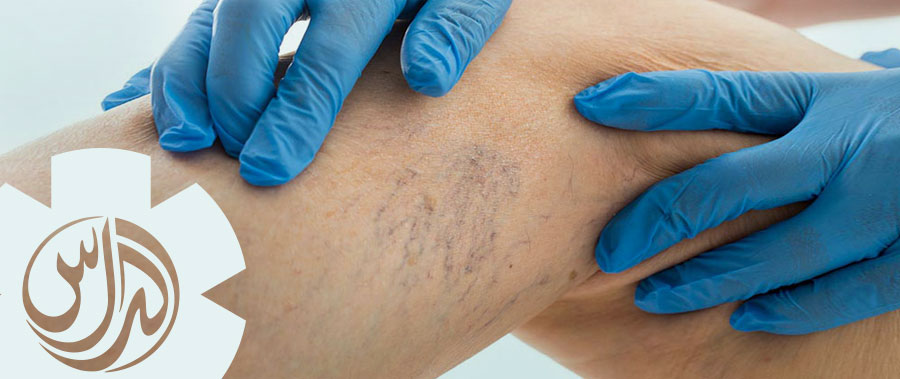Surgical treatment of venous insufficiency
By Dr. Sergio Mazzei, General Surgeon

Venous insufficiency is a condition that occurs when valves within the leg veins are damaged allowing blood to leak backwards and pool in these veins. When you are standing, the blood in your leg veins has to be pushed up against gravity to return to your heart.
Your leg muscles act as a pump by squeezing the veins deep in your legs and pushing blood back toward your heart. Sitting or standing for extended periods can result in the blood in your leg veins pooling and the pressure inside the veins increases. This increase in pressure can stretch the walls of the veins and damage the valves, resulting in swollen, tired legs.
Chronic Venous Insufficiency (CVI) may begin with mild symptoms. However, if left untreated it can cause permanent skin changes with darkened discoloration and thickened skin to a more serious medical condition involving complicated wounds and skin infections.
- Swelling in the lower legs and ankles, especially after extended periods of standing or sitting
- Legs feeling heavy, tired, restless, or achy
- Varicose Veins
- Leathery looking, flaking or itching skin on the legs or feet
- Discolored skin on legs (red, brown)
- Weeping sores or Ulcerations
Early intervention and prevention of complications of wounds and wound infections are the goal of treatment. Treatment plans are aimed at decreasing the blood pressure in the veins to reduce swelling and symptoms and increasing the return blood flow back to the heart.
- Sclerotherapy is used to treat spider veins smaller varicose veins. A solution called a sclerosant is injected into to veins causing inflammation that makes the veins scar and collapse. Eventually the body reabsorbs the treated vein, and the blood flow is redirected to other healthy veins. This process occurs over several weeks, so it takes time to see the final benefits of treatment.
- Endovenous Thermal Ablation uses lasers or radio waves to create heat to close off a varicose vein. This minimally invasive treatment involves the insertion of a thin, flexible tube called a catheter into a diseased vein and uses heat to seal it shut. Blood that would normally return toward the heart through these veins will then travel through other veins instead. Compared with surgical options like vein stripping, endovenous thermal ablation results in less pain and quicker average recovery time.
- Ambulatory Micro-phlebectomy is a procedure to remove the larger varicose veins closest to the surface of your skin. Very small cuts are made in your skin over the veins and the veins are removed in segments. The small wounds heal quickly and don’t require sutures.
- Ligation and Stripping are often performed in combination. Vein ligation is a procedure in which a vascular surgeon cuts and ties off the problem veins. Stripping is the surgical removal of larger veins through two small incisions.
Varicose veins can cause complications because they stop your blood flowing properly. Most people who have varicose veins will not develop complications. If they do, it’s usually several years after varicose veins first appear.
- Bleeding: Varicose veins near the surface of your skin can sometimes bleed if you cut or bump your leg. The bleeding may be difficult to stop. Raising your leg and applying direct pressure to the wound could solve temporary the bleeding.
- Blood clots: If blood clots form in veins located just under the surface of your skin (superficial veins), it could lead to conditions such as thrombophlebitis – swelling (inflammation) of the veins in your leg deep vein thrombosis – which can cause pain and swelling in the leg, and may lead to serious complications like pulmonary embolism
Book a visit 04 452 9998 or by filling the online form